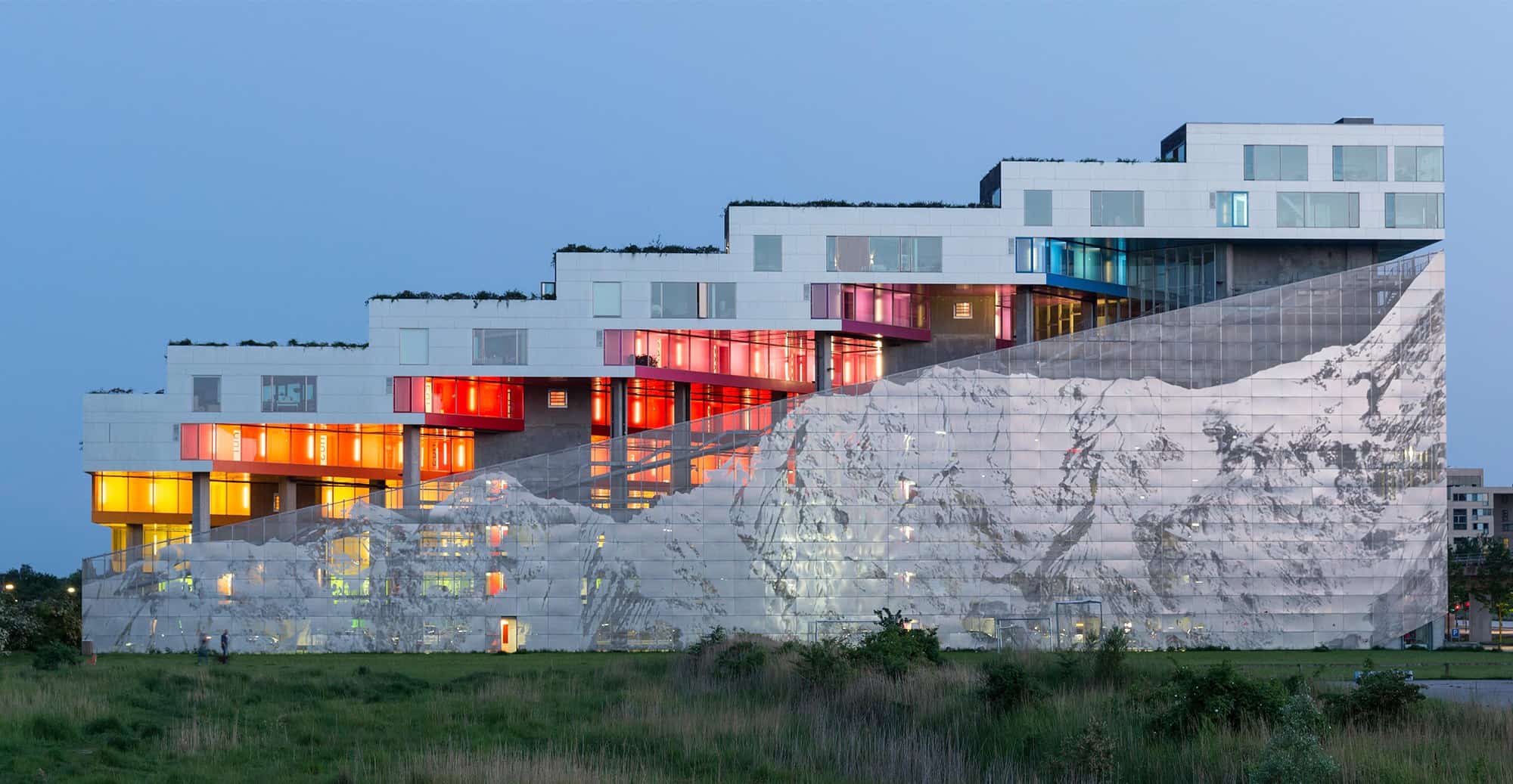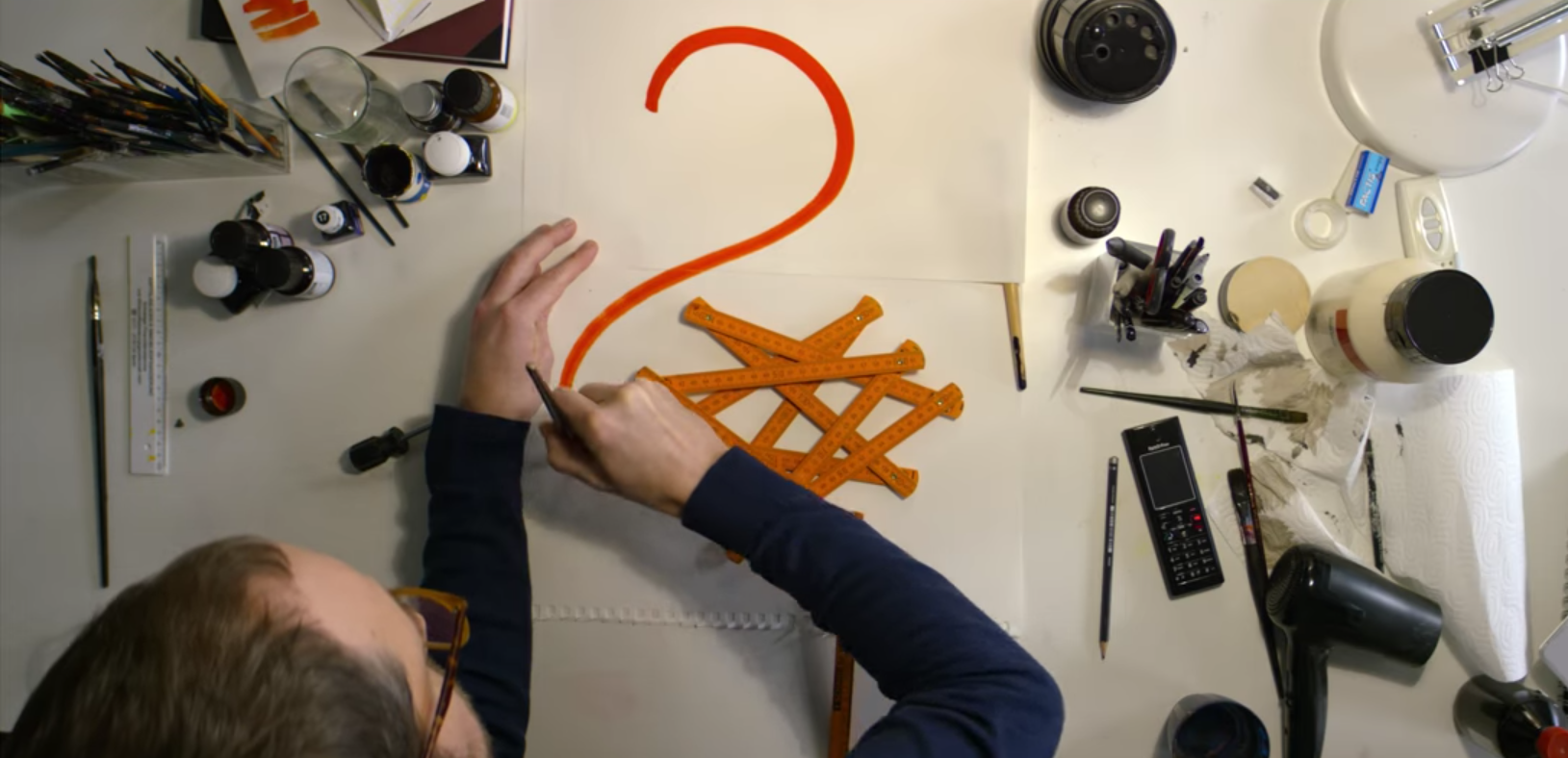
Each image is accompanied by a quote from Sillman, explaining what step that particular draft represented in her process. In one chapter, Moss speaks with Amy Sillman, an abstract painter who Moss admires for her unique use of color and shape. This space is less menacing than most dens of torture; there aren't any medieval instruments of pain after all.
Series Info
From May 2nd to October 7th, 2024, Brazilian contemporary artist Ernesto Neto unveils his most expansive exhibition in Portugal at the Museum of Art and Technology (MAAT), Lisbon. At the heart of the show lies an immersive installation, representing one of Neto’s largest sculptures to date. Drawing inspiration from the caravels that set sail for what would come to be known as the Americas, Neto intricately weaves together images of sails and materials such as canvas and ropes.
h century in Europe
By providing your information, you agree to our Terms of Use and our Privacy Policy. We use vendors that may also process your information to help provide our services. This site is protected by reCAPTCHA Enterprise and the Google Privacy Policy and Terms of Service apply. This article relating to a non-fiction television series in the United States is a stub.
Season Info
All of artists featured across the book are unique, and so are their creative processes. In the United States, Art as Object as seen in the Minimalist sculpture of Donald Judd and the paintings of Frank Stella are seen today as newer permutations. Other examples include Lyrical Abstraction and the sensuous use of color seen in the work of painters as diverse as Robert Motherwell, Patrick Heron, Kenneth Noland, Sam Francis, Cy Twombly, Richard Diebenkorn, Helen Frankenthaler, Joan Mitchell, and Veronica Ruiz de Velasco. Weekly updates on the latest design and architecture vacancies advertised on Dezeen Jobs. Daily updates on the latest design and architecture vacancies advertised on Dezeen Jobs. "Interior designer Ilse Crawford creates spaces and objects that engage the sense and promote well- being, from high-end hotels to IKEA furniture," said Netflix.
That comes to a head with a discussion of Walden Pond, which sends the episode on a philosophical tangent, underlining how “Abstract” often asks its audience to connect with these people on the lofty poetry of what they’re saying rather than what they’ve created. "Paula Scher paints with words as an American graphic designer, artist, and educator," said Netflix. "For more than three decades she has been at the forefront of graphic design and developed identities for esteemed institutions such as The Public Theater in NY, Jazz at Lincoln Center, Target, Bloomberg, and Microsoft." This episode focuses on how graphic designer Scher, the first female principal at Pentagram, shaped the face of New York. These episodes also do feel tailored to their subjects, not just because this is another slate of different directors pursuing their own ends.
The series follows eight leading designers operating in different industries. There are episodes dedicated to Ingels, Devlin and Crawford, as well as graphic designer Paula Scher, automobile designer Ralph Gilles, Nike shoe designer Tinker Hatfield, illustrator Christoph Niemann and photographer Platon. These designers, the show argues, reached their current place in the public consciousness because they dared to devise a new set of criteria for their own success. In almost every case, there’s no denying that these contributions have had tangible effects in the real world.
Follow Common Sense Media
Watch all eight episodes of Netflix's Abstract: The Art of Design series - Dezeen
Watch all eight episodes of Netflix's Abstract: The Art of Design series.
Posted: Thu, 30 Apr 2020 07:00:00 GMT [source]
Both projects involved research with secondary sources, one in Hoefler’s own reference library, the other at the map room of the New York Public Library, guided by the curator of one of the library’s most distinctive special collections. The series’ insistence on rooting this exploration of design squarely through the lens of single individuals makes a slide into a hagiographic approach all the easier. Oxman’s episode, which outside of a few nods towards some creations at and from the MIT Media Lab, is largely an exercise in aspirational psychotechnical speak.
ERNESTO NETO (
A selection Neto’s woven works populate the space, imbuing the exhibition with a tapestry of history and symbolism. Curated by Jacopo Crivelli Visconti, Nosso Barco Tambor Terra [Our Boat Drum Earth], the exhibition’s form emerges from months of meticulous dialogue with MAAT’s architectural space and the museum’s surroundings. It’s hard to build a series on arguing for the necessity for particular ideas, and “Abstract” shows why it’s even harder to do so while arguing for particular people. There’s the specific task of giving an overview of their areas of expertise, all while showing why the particular episode’s subject is worthy of singling out. Here, that sometimes distracts from presenting a full view of what lies behind some of these individuals’ work. Step inside the minds of the most innovative designers in a variety of disciplines and learn how design impacts every aspect of life.
In geometric abstraction, for instance, one is unlikely to find references to naturalistic entities. But figurative and representational (or realistic) art often contain partial abstraction. Their colorful classroom of plywood and plexiglas introduces typographic concepts such as fit, spacing, kerning, and ligature substitution, and the many optical illusions that type designers avoid — or employ — in the service of legibility. The season's third episode focuses on British set designer Devlin, who has designed stages for artists including Beyoncé, Kanye West and U2.

‘Great directors are collaborative, not autocratic,’ observes Hoefler, an approach that echoes in his own work as a typeface designer. Upon entering the ground floor of the Scuola Grande, visitors are introduced to the classical proportions of the 16th-century building, bracketed by two sizeable multi-panel oil paintings, one alluding to Buddhist iconography, the other Christian. At the upper level, visitors find the space divided into five thematic sections. Tadao Ando’s design is a progression of walls with a series of increasingly large apertures, each of which is self-contained yet connected with the others.

Aside from the thesis that Spalter is a primary reason for the app’s rise in users (supported with a tenuous clump of data), the episode becomes a bizarre IG victory lap, propping up the platform’s success in relation to peers past and present, like MySpace and Snapchat. With a cursory acknowledgment of parent company Facebook’s recent issues of public trust, Spalter’s episode is another indicative example of a series that wants to extol the virtues of designers without reckoning with any unintended consequences their work might have. For all the discussion about how much change this work is bringing in the world, the only nod to failure is a handful of blog posts that didn’t like the redesigned Instagram logo right away.
But those ideas would seem far more powerful in this context if more of these episodes didn’t seem like another of their own creations. In recent years, alongside his artistic pursuits, Neto has delved into percussion. Throughout the exhibition, the sculpture, incorporating a series of instruments, will intermittently come to life through a musical program orchestrated by musicians and groups from diverse corners of the globe, with a particular focus on the rhythmic traditions of African and Asian diasporas.
British portrait and documentary photographer Planton is the focus of this season's penultimate episode. The fourth episode profiles car designer Gilles, who is the global head of design at automotive manufacturer Fiat Chrysler. By creating an account, you agree to the Privacy Policy and the Terms and Policies , and to receive email from Rotten Tomatoes.







